Il tuo assistente di fiducia per aumentare i risultati del brand
Gestisci la presenza digitale, aumenta la soddisfazione dei clienti,
supera la concorrenza (e risparmia tempo e denaro)
D / AI Coach è pensato per supportare:

Hospitality
Gruppi e catene di strutture ricettive internazionali

Food & Beverage
Distributori e catene internazionali di bar, ristoranti, caffè e locali

Retail
Catene di negozi e brand retail con più punti vendita e distributori a livello globale
Le migliori aziende hanno scelto Data Appeal





Ascolta l’audience e ottimizza le performance del brand con un solo strumento
Una gestione efficace della tua presenza online è fondamentale per costruire un’ottima reputazione.
E la tua reputazione incide attivamente sui profitti – nel bene e nel male.
Con il proliferare dei social media, la gestione di tutte le tracce digitali diventa sempre più difficile e scoraggiante.
Ma non deve essere così.
Nato dall’esperienza pluriennale maturata con la piattaforma Travel Appeal, D / AI Coach è la soluzione tutto-in-uno per gestire le recensioni e la tua presenza online.
Monitora e analizza il feedback del pubblico per rispondere alle sue esigenze e preferenze, esplora le tendenze del mercato e molto altro ancora, grazie all’automazione delle attività e al monitoraggio dei dati in tempo reale. Da un’unica piattaforma e in pochi clic.

Analizza la tua reputazione online in tempo reale
Risparmia tempo e soldi
Aumenta la soddisfazione dei clienti e le revenue
Semplifica le strategie di marketing
Prevedi i trend di mercato

Cosa può fare D / AI Coach per te?
Comincia a gestire la tua reputazione in modo data-driven
Richiedi la tua demo gratuita di D / AI Coach.